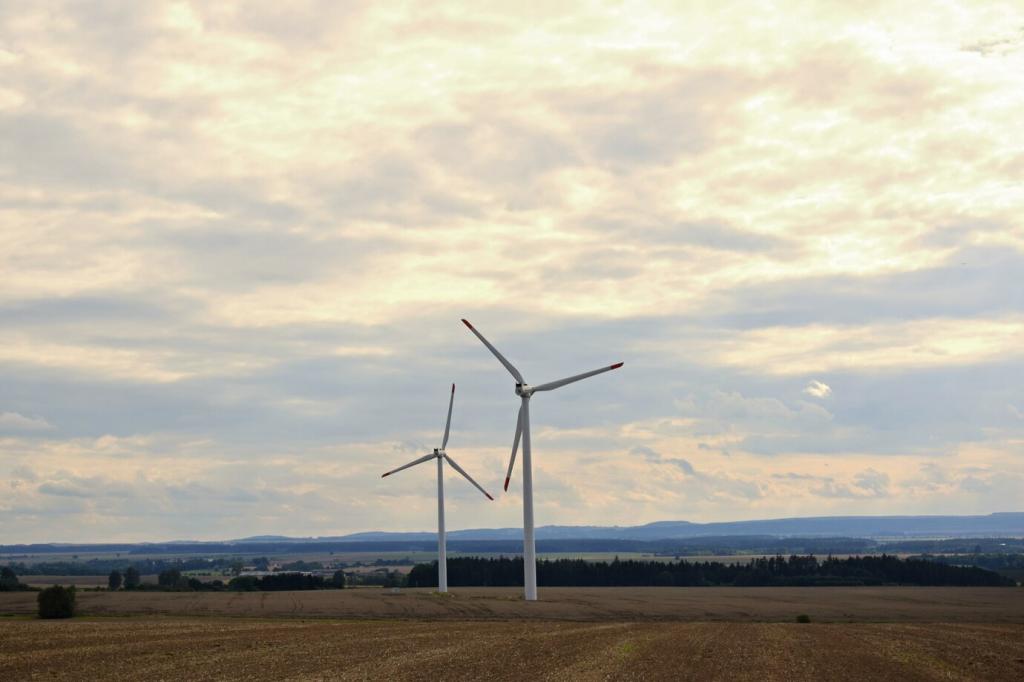Artificial Intelligence (AI) is rapidly transforming the landscape of renewable energy management, introducing new efficiencies, predictive capabilities, and operational strategies that were previously unattainable. As the world pivots towards sustainable energy solutions to combat climate change and reduce dependence on fossil fuels, AI has emerged as a crucial tool in optimizing energy generation, storage, and distribution. This integration empowers grid operators, energy producers, and consumers to make smarter decisions, maximizing the potential of renewable resources like solar, wind, and hydro power. Through deep learning, real-time analytics, and intelligent automation, AI is driving the next generation of clean energy systems, ensuring reliability and adaptability in an ever-changing energy environment.
Enhancing Renewable Energy Forecasting


